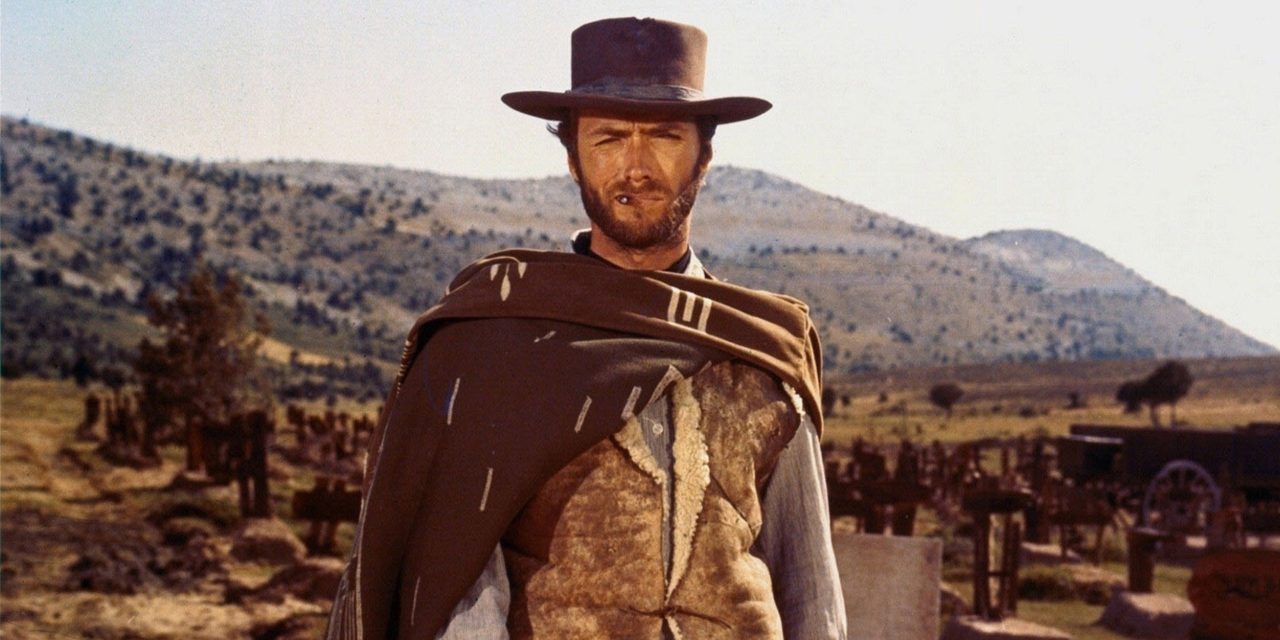
Since the beginning of movie industry there has been a constant effort towards the evolution of soundtracks. First there were small orchestras which played live some classical pieces while the movie was projected.
Then original soundtracks started to be composed by pioneers such as Victor Herbert. In the 30s and 40s the soundtrack industry flourished and names such as Max Steiner and Eric Korngold became famous. The soundtracks of this period were characterized by strong orchestration and they were frequently based on recognizable melodies.
The emergence of composers like Bernard Herrmann and Miklos Rozsa triggered the evolution of movie scores towards more complex arrangements and experimentations. In the 50s names like Henry Mancini and Alex North revolutionized soundtracks incorporating elements of jazz and popular music. The rise of New Hollywood in the 60s and 70s spread out the scope for soundtracks, expanding the possibilities of composition to a new level.
This article will focus on this period (50s/60s/70s) because these decades were the apex of the soundtracks revolution and they gave shape to the format of soundtracks that is still in vogue nowadays.
20. Assault on Precinct 13 – John Carpenter
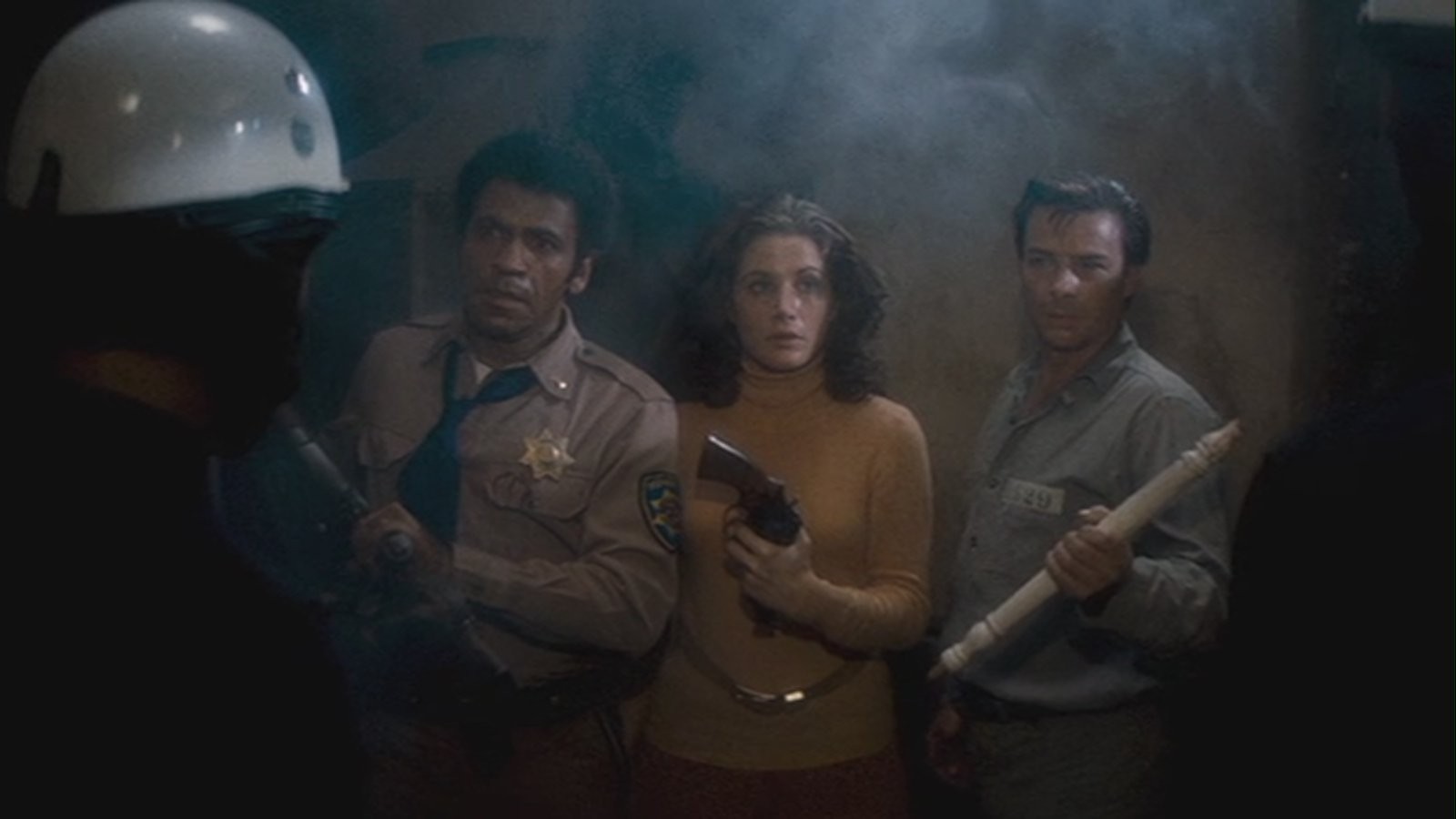
Played only with synthesizers and a drum machine, this score is the proof of the superiority of creativity over budget. Borrowing influences from Ennio Morricone western’s sound, Lalo Schifrin’s action scores and Jimmy Page guitar riffs, this soundtrack fits perfectly into a low budget groundbreaking movie.
Carpenter recorded it in 3 days, using 5 synthesizers which had to be reset after playing. Hans Zimmer once stated that this is his favorite film score and it influenced a lot of musicians, in rock and electronic music scene. It’s hard to imagine any artist that did so much with so little like John Carpenter.
19. American Graffiti – Various
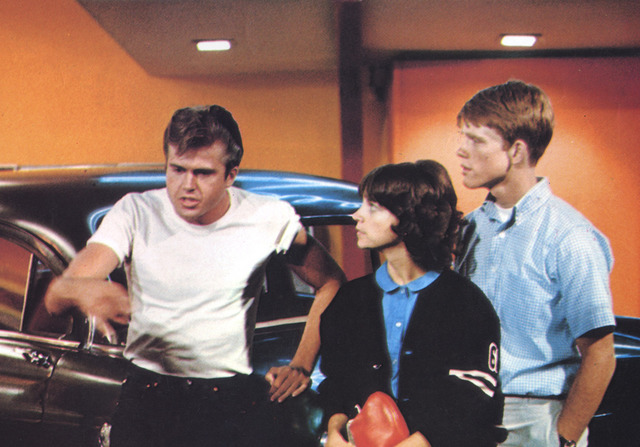
Not only original soundtracks revolutionized the genre. It’s impossible to imagine this George Lucas classic without songs like “Green Onions” by Booker T and The Mg’s, “Since I Don’t Have You” by The Skyliners and “Johnny B Goode” by Chuck Berry.
Filmed as a tribute to baby boomers and their “Cruises”, American Graffiti portraits how “teenage culture” and mass consumption products started to develop in American Society. Radio was a very important part of that, playing Rock N Roll, Rhythm n’ Blues and Doo Wop songs that were the trademark of this generation. It is also important to mention the participation of Wolfman Jack, the legendary radio DJ who serves as narrator and guide of the soundtrack.
18. Easy Rider – Various
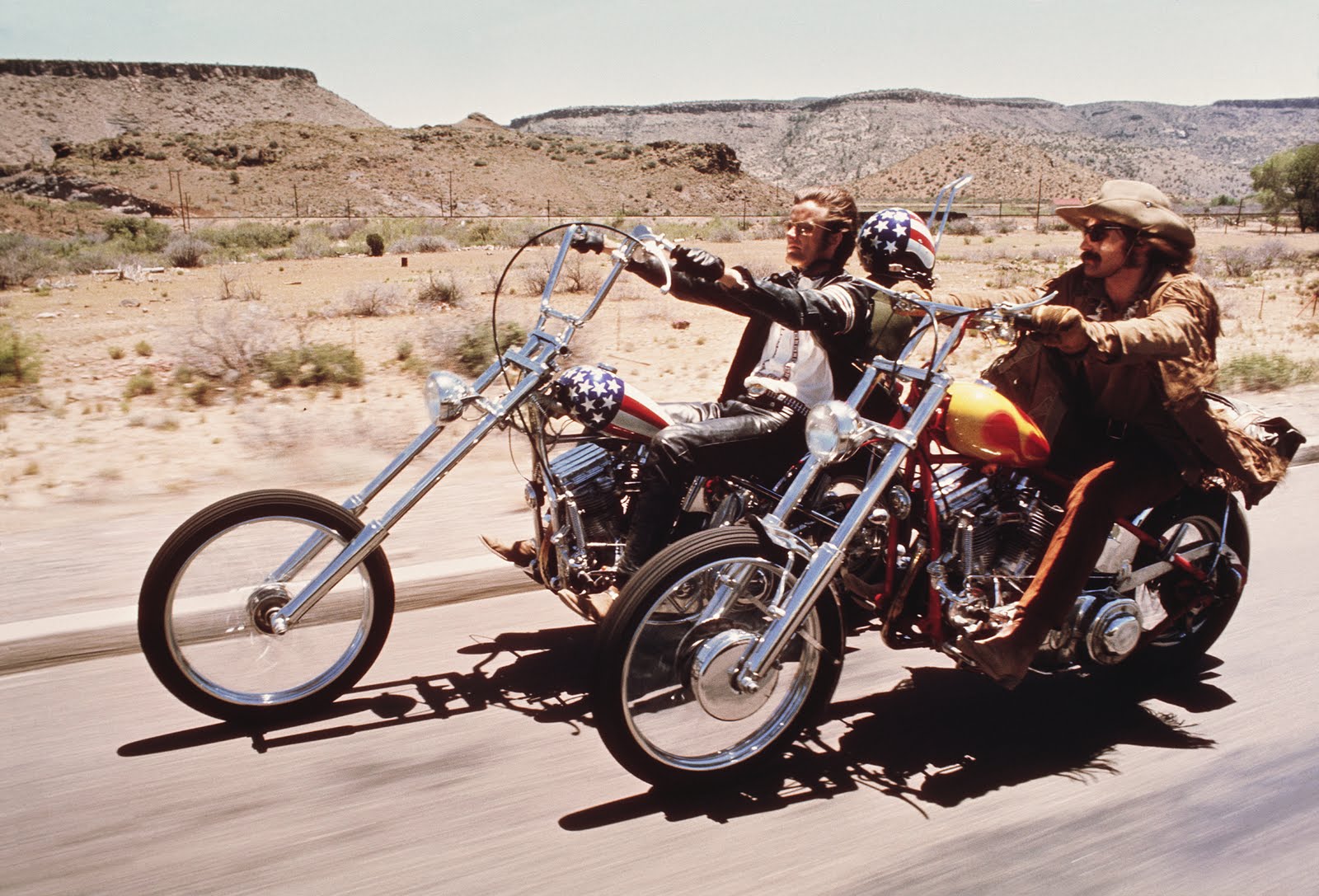
Whereas American Graffiti soundtrack served as homage and Nostalgia (a 70s movie representing the 50s generation), Easy Rider soundtrack perfectly portrayed the voice of the sixties generation. It was one of the first movies to completely rely on previously recorded songs rather an Original Soundtrack.
Songs like “Born to be Wild” by Steppenwolf became a hymn to the Hippies generation, representing the freedom of the countercultural movement. There also memorable tracks by The Band, The Byrds and Jimi Hendrix, always trying to express the rebellion feeling through rock n roll.
17. Kill Bill Vol.1&2- Various
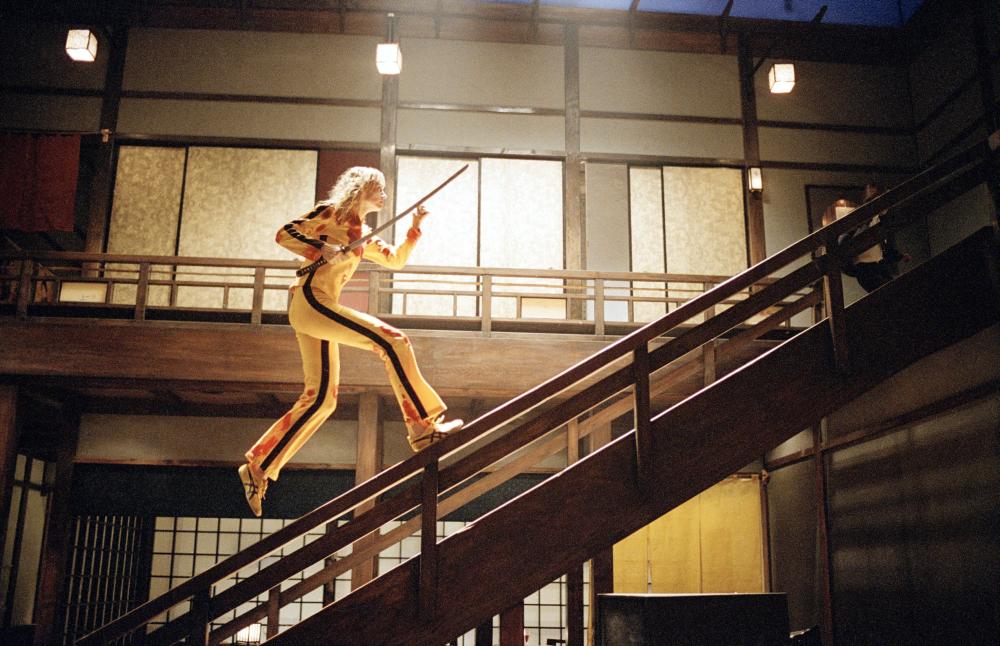
The use of previous released music gained a whole new level in Quentin Tarantino’s work. Instead of using popular or classical music only, Tarantino put songs from other music scores on his movies.
Compositions from Bernard Herrmann, Luis Bacalov, Ennio Morricone and Quincy Jones were side by side with rap, funk, Japanese and punk music. Tarantino is obviously a great connoisseur of cinema, and despite some criticism over his work, it’s important to notice how interesting and influential is his “post modern” approach to soundtrack.
16. Sorcerer – Tangerine Dream & Keith Jarrett
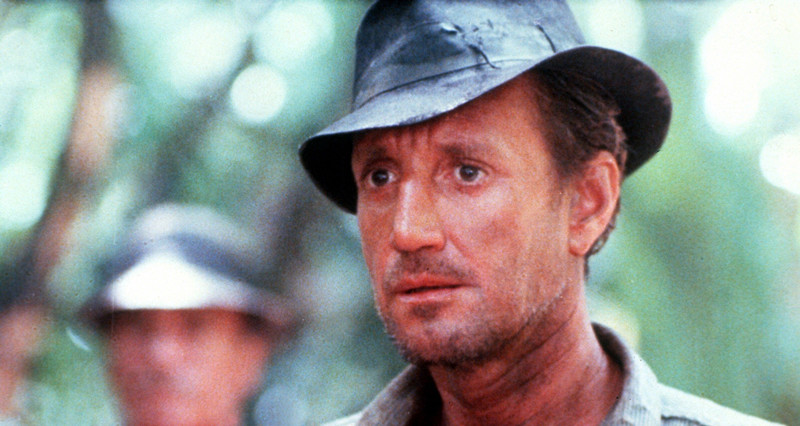
One of the most important revolutions in the soundtrack realm is the use of electronic music. The evolution of technology allowed artists such as Tangerine Dream, Giorgio Moroder and John Carpenter to use a heavy load of synthesizers in order to create ambience and mood for films.
One of the seminal works in this field is the soundtrack to William Friedkin’s Sorcerer(1977) by German band Tangerine Dream. They managed to create menacing moods that fitted perfectly to catastrophic aura of the movie. It’s also important to notice that pieces from the album “Hymns/Spheres” by Keith Jarrett were also included in the soundtrack.
15. 2001: A Space Odyssey – Various
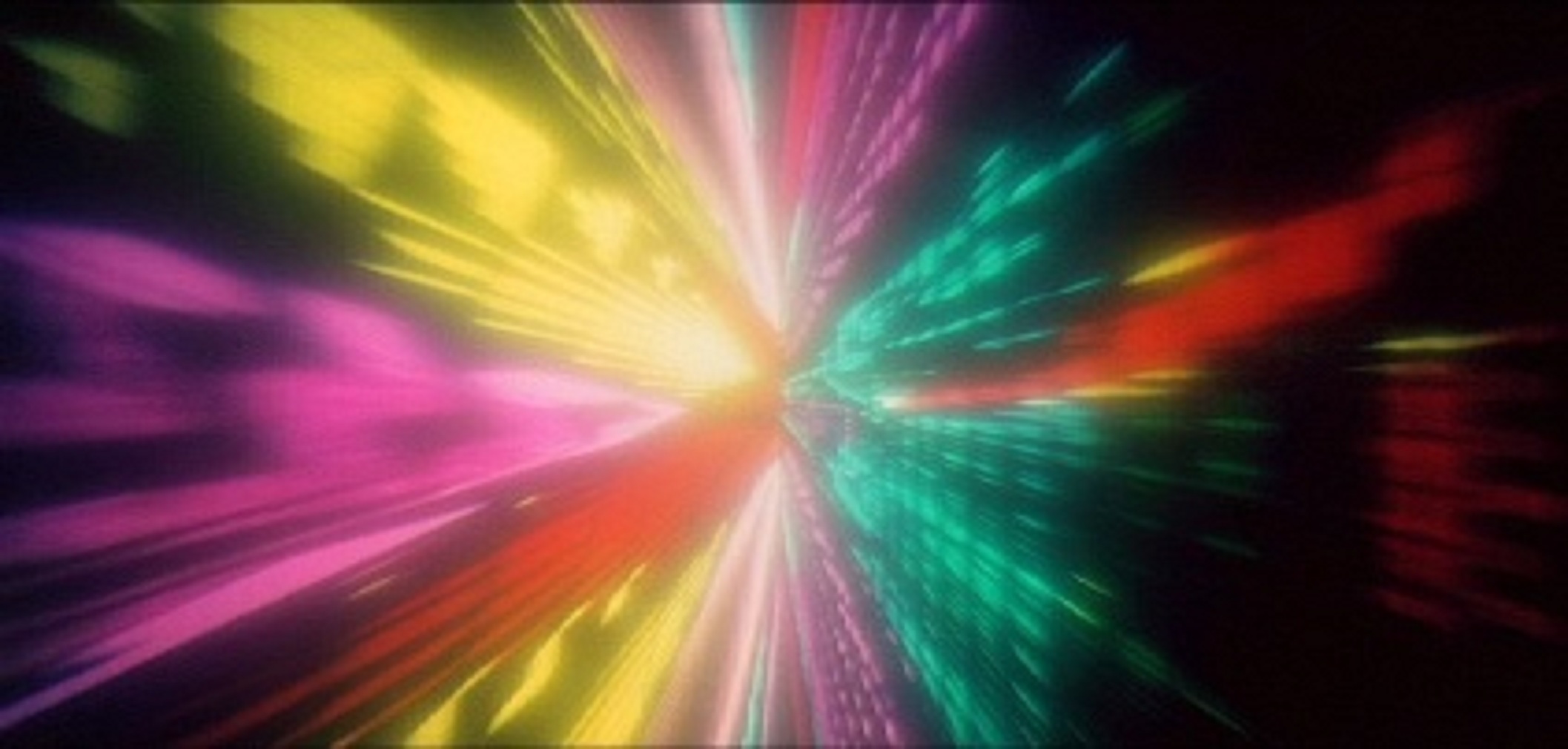
When it comes to the use of non original soundtrack, it’s hard to defeat 2001 A Space Odyssey. This Sci-Fi classic was meant to be a nonverbal experience, according to Stanley Kubrick. Initially he had assigned Alex North, a frequent collaborator, to write a score for the movie. Kubrick didn’t like the final result and decided to use only classical music in order to emphasize the mystery and beauty of the images.
Johann Strauss’ “The Blue Danube” is used as an association Kubrick made between spinning motion of satellites and the waltz dance movement. “Also Spretch Zaratrusta” by Richard Strauss is used both in beginning and in the end of the movie giving a grandiose mood to the eternal cycle of life.
It’s also important to note that along with traditional classical music, Kubrick used two pieces by the modernist composer Gyorgy Ligeti: “Atmospheres” and “Lux Aetherna”, enhancing the mystery and causing perplexity to audiences with the juxtaposition of beautiful images and enigmatic music.